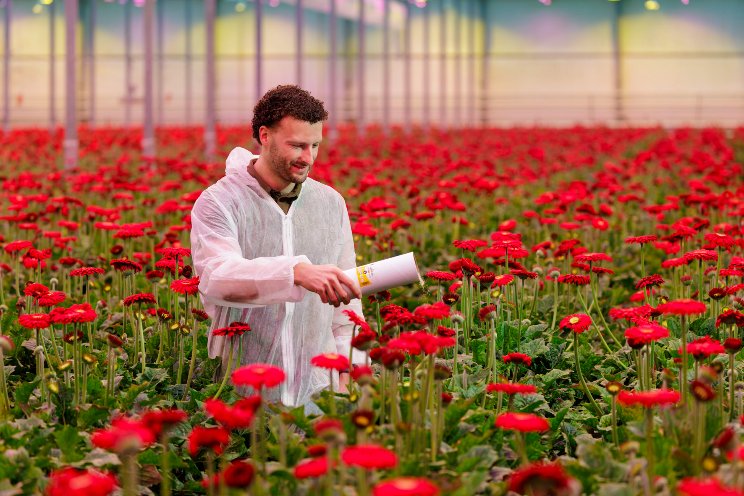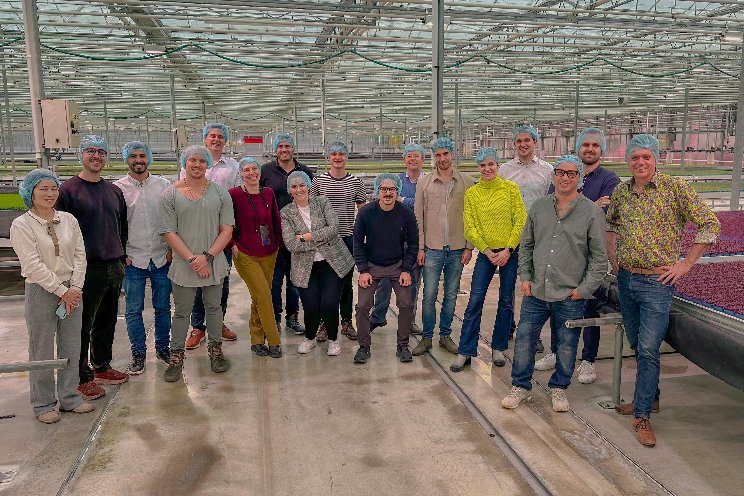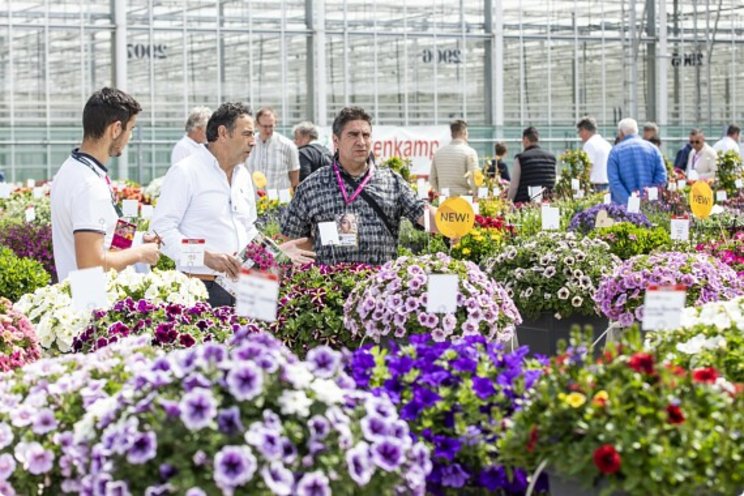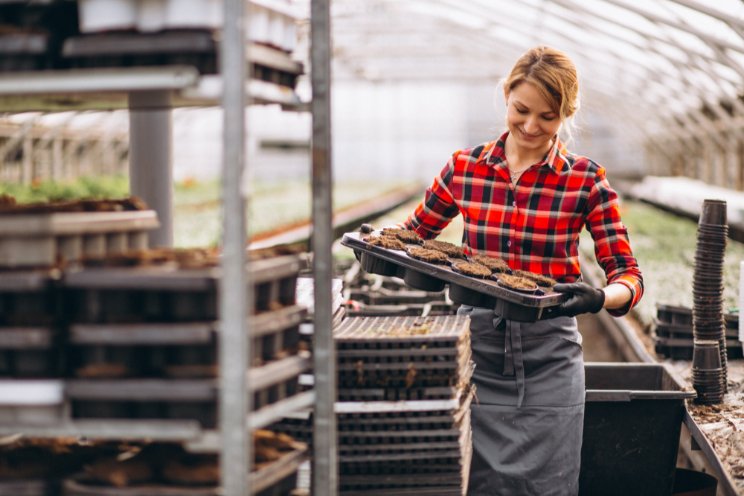How can USDA improve energy efficiency in your greenhouse?
Added on 09 October 2024

When business partners Jason Maks and Marshall McDaniel started operating TrueHarvest Farms in 2018, they knew growing leafy greens in Texas would be a challenge. Operating 4¼ acres of greenhouses in Belton, Texas, the company produces a variety of leafy greens, microgreens and herbs that are sold to wholesalers and grocery stores from Alabama to Arizona, including Sprouts Farmers Market, Whole Foods Market, Central Market and United Supermarkets. The wholesalers it services sell to food service, restaurants, and schools.
“Climate is definitely a challenge to growing leafy greens in central Texas,” said Jason Maks. “We have done a lot of trialing since we began operating. In our initial 1-acre greenhouse we trialed about 60 different cultivars. It wasn’t just a case of determining which crops would grow in this climate year-round, but also was there a market for the crops we could produce. We added another 3¼-acre Venlo glass greenhouse in 2023 which is being used to grow a variety of leafy greens, microgreens, and herbs.”
Reducing energy costs
Like most other greenhouse operations, labor and energy are the two biggest costs for TrueHarvest Farms.
“When we first started operating, we always thought we would have the time to look at alternative sources of energy for our facility,” Maks said. “With labor and utilities being our biggest expenses, looking at energy alternatives was always something on our minds to do. Unfortunately, once we got started, we quickly realized there was so much to do we didn’t have the time to focus on some of the opportunities in alternative energy.
“There are a number of energy alternatives available, including solar and wind energy. We were looking at ways to reduce our overall costs. Since our utilities are so high, the first thing we looked at was how do we reduce our energy burden from our utility provider.”
TrueHavest Farms search for assistance in reducing its energy costs began with the USDA website.
“We began with a search of the USDA website looking at all of the grants it offers and determining which ones applied to us,” Maks said. “We looked at those programs, which potentially had the greatest impact on our ability to reduce our energy costs.
“We looked at the different grant programs and the Rural Energy for America Program (REAP) was one that if we could receive approval for, it could significantly reduce our burden on the utility. Trying to get the biggest bang for our buck, is why REAP appealed to us.”
Choosing an alternative energy source
TrueHarvest Farms is located on the 1,200-acre Dickson Ranch and had plenty of land available to install an alternative energy system.
“Because of our location we had the land available to spread out a solar array,” Maks said. “Choosing wind power would have necessitated putting something on the ranch that would be much more obvious to the public around us. The solar array can be located within a tree grove out of sight. Aesthetics played a role in this as much as the cost of the system.
“Installation of a solar array gives us the opportunity to utilize sunlight, which we have a lot of in Texas. We consider photovoltaics to be a proven technology and one that continues to improve.“
Even though TrueHarvest Farms received a REAP grant, there were upfront costs associated with the project. From a capital standpoint, paying for the project has to come out of pocket up front.
“We will be reimbursed for these costs,” Maks said. “A REAP grant only does up to $1 million or 50 percent of the project cost. Ultimately the grant cut the cost of the project in half.
“The other thing that makes the grant attractive is the tax credits associated with a project like this along with any utility rebates that apply. Unfortunately, the rebate program that would have applied to us has been discontinued.”
Maks said the company expects to eventually make money from its investment in the photovoltaic system because the solar array will produce more electricity than will be consumed in the facility.
“This will enable us to sell back some of the energy to the utility in an effort to discontinue the use of propane to heat our original greenhouse,” he said. “Once the solar array is operational, we may not be able to eliminate the propane as an energy source, but we expect to offset the cost of propane to reach financial net zero.”
TrueHarvest Farms hired a private consultant who worked with Ally Energy Solutions, which designs alternative energy projects for multiple entities. The consultant and Ally Energy Solutions worked together to prepare and submit the REAP grant proposal.
“We worked with a consultant to size the solar array that was submitted on the grant proposal,” Maks said. “The energy production from the solar array is based on the consultant’s knowledge of the photovoltaic system and what is expected to be produced in this part of the country. We’re expecting to save about $80,000 a year on energy costs.”
Future projects
Based on TrueHarvest Farms’ experience and success with receiving a REAP grant, Maks said the company would definitely participate in the program again.
“We would like to integrate all 4¼ acres under the solar array or some other alternative energy source,” he said. “Also, if we were to build another facility, we would look at some of the other USDA grants available to offset the initial costs of the project. REAP proposals have to be submitted and the grants approved before any equipment is purchased and installed.”
Installing energy-efficient equipment is another part of the REAP grant program.
“Had we known about this program sooner, we would have added installing additional LED grow lights as part of the proposal. In our original 1-acre greenhouse we have some LED grow lights, but they are not throughout the entire facility. If we wanted to install additional grow lights, they would be incorporated into a future project grant proposal.
“As we build other facilities and improve our existing ones, these grants are something we will certainly look to apply for. If controlled environment growers are not taking advantage of these grants, they’re really missing an opportunity to improve their businesses.”
For more: TrueHarvest Farms, https://trueharvestfarms.com/.
More news















